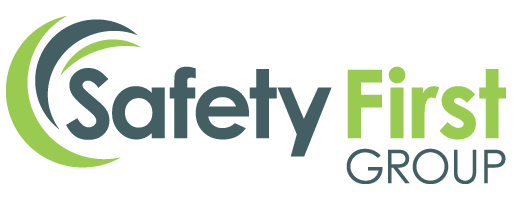The HSE has confirmed that diacetyl can cause occupational lung disease when exposure limits have been exceeded. Diacety, found naturally in unflavoured coffee as a byproduct of the process of fermenting and roasting coffee beans. It’s also used as an ingredient in other food and beverages to enhance flavour.
According to the HSE, exposure to diacetyl vapour can have severe problems when inhaled. For this reason, exposure limits need to be carefully monitored to ensure workplace exposure limits (WELs) do not exceed legal levels.
What is Diacetyl?
As well as being an organic compound that is naturally found in coffee, diacetyl is often used as a flavouring. This is owing to it’s intense buttery, sweet scent. Yet behind the sweet flavour lurks a health hazard that the HSE says causes ‘severe and irreversible’ lung disease.
Consumer products that contain diacetyl include:
- Margarines and oil based- butter products
- Coffee
- Alcohol
- Microwave popcorn
- Electronic cigarettes
Thankfully, many UK manufacturers have opted out of using diacetyl in products due to the toxicity. However, many worldwide manufacturers are still using diacetyl because of the pleasant taste and smell that it adds to their products.
Warnings for diacetyl
COSHH regulations state that employers are legally required to take effective measures to control exposure to hazardous substances. This means that exposure to diacetyl should be managed in the same way as any other substances in the workplace.
The European Commission declared that diacetyl can be used as a flavouring in all EU states. However, since the United Kingdoms departure from the EU, diacetyl is now banned in the production of e-cigarettes, and food manufacturers are now following suit.
Diacetyl exposure needs to be carefully managed to ensure that regulations are adhered to. Moreover, the toxicity levels can be so high that it is reported to cause an irreversible lung disease known as ‘obliterative bronchiolitis’. Worryingly, toxic vapour can get into the smallest airways in the lungs where it can cause irreversible damage, and ultimately blocking the flow of air.
In addition to this, tests have shown that when heated above certain temperatures, the concentration of airborne particles can increase. Therefore, careful management of diacetyl vapour should be a priority for UK businesses, particularly coffee manufacturers.
Managing occupational lung disease
Coffee manufacturers in particular should be more aware of the dangers of diacetyl. Since the substance is naturally occurring, during the grinding process when the beans are heated, adding measures and controls to manufacturing processes is essential for long term management of the problem. Likewise, other food and drink manufacturers need to pay attention to diacetyl. The level of exposure that diacetyl is getting in the UK means that, arguably, other food manufacturers should follow.
The only way of monitoring diacetyl inhalation is by adding a series of controls to ensure exposure limits to toxic vapour are not exceeded. This could include the use of masks, conducting exposure monitoring, or by implementing health surveillance for employees who have been flagged as high-risk.
Exposure monitoring is required as part of COSHH compliance. What’s more, the only way to know whether WELs are not exceeded is through regular monitoring and control.
Where exposure limits cannot be controlled, occupational health surveillance is a must.
Will Dooley, Managing Director
Employee health surveillance
Maintaining a healthy workforce should be be a priority for any business. Who can run a business with half the workforce missing? Manufacturing is no exception.
Occupational health surveillance is a multi-disciplinary approach to ensuring workers stay fit and healthy. Without this, there would be no way of knowing whether the health of workers is declining because of exposure to hazardous substances like diacetyl. Therefore, knowledge is key in the long-term management of exposure limits. Overall, this lies in the health of workers and not just when controlling exposure at the source.
Although local exhaust ventilation can be a great solution for controlling exposure at the source, in some cases it may not be practical. LEV, also known as fume extraction, can be a useful aid to help control exposure to airborne contaminants. LEV systems will suck contaminated air and send it through a filter for cleaning. Depending on the manufacturing set up, LEV could be an incredibly useful tool for helping control exposure to diacetyl.
Naturally, any workers who are up close and personal with diacetyl vapour should be categorised as the highest risk. These, as well as many other employees, are those who require ongoing health surveillance. Not only will this help to safeguard health, but it can also help businesses with ongoing regulation compliance.
Why Safety First Group?
We have a long history of working with manufacturers to help customers achieve compliance with the HSE. If you don’t have a compliance or safety officer, we can help. We can visit your premises and help determine diacetyl exposure levels and check whether you are working within legal guidelines. Proposing ways to decrease dangerous levels and helping towards HSE compliance is what we do best!
Ready to get started? You can call us on 0845 004 2133, email us on enquiries@safetyfirstgroup.co.uk or contact us here.
